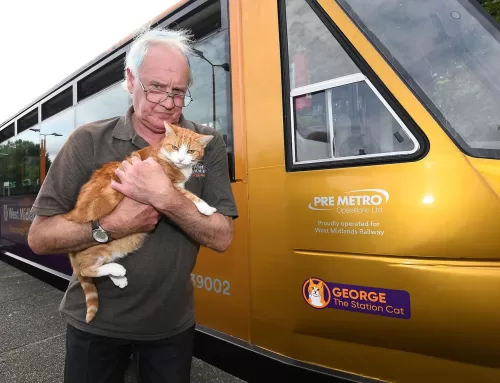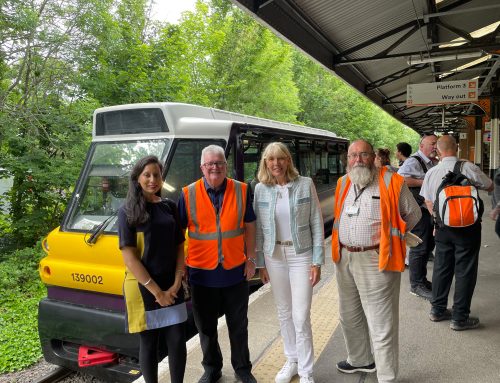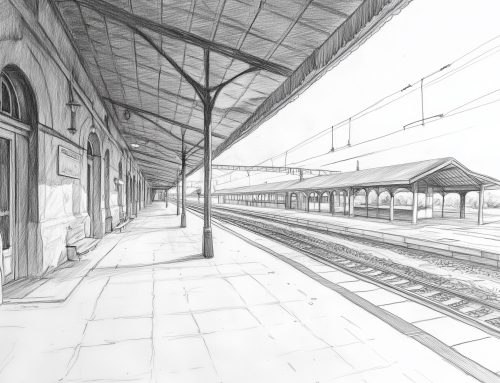
Investment Delays Threaten VLR
As the UK government signals a cautious approach to new rail investment, Very Light Rail (VLR) operators like Pre Metro warn that continued delays risk derailing national ambitions for net-zero transport, while placing homegrown innovation at risk of being exported overseas.
In our recent commentary, we outlined the growing frustration felt by lightweight rail pioneers amid the government’s scaled-back infrastructure commitments. Despite proven success stories, such as the Stourbridge Shuttle, which has surpassed 500,000 annual passengers and boasts 99% service reliability, projects designed to expand VLR remain stalled due to a lack of clear funding pathways.
VLR isn’t a future concept—it’s a working model. But without strategic backing, the UK may miss its chance to lead in sustainable rail technology.
Pre Metro’s Dasher proposal, connecting Stourbridge with Brierley Hill, and involvement in the broader RVLR (Revolution) programme, demonstrate our commitment to cost-effective, low-emission rail solutions that can revitalise local networks and support new branch line developments or restore former Beechings routes.
As we’ve demonstrated with the Stourbridge Shuttle, rolling-stock ready schemes offer rapid deployment, low operating costs, and scalable infrastructure—benefits particularly vital for underserved towns and post-industrial communities. But we’re still waiting for a green light and access to local passenger forecasting models to understand the impact of our route.
Yet, while interest grows domestically, international stakeholders are increasingly taking note. France, among others, is exploring lightweight rail models, raising concerns that without timely UK investment, British-led innovation could be replicated and commercialised elsewhere.
Looking ahead to the government’s anticipated 10-Year Rail Plan in June 2025, Pre Metro calls for the inclusion of innovation-ready, community-focused projects that meet both climate and connectivity targets. We are urging policymakers to commit to flexible funding routes and clearer strategic direction for lightweight transport solutions.
Very Light Rail is not just viable, it’s essential.
But without investment, we risk losing not only momentum but ownership of an industry we helped create. As traditional infrastructure models become increasingly unsustainable, we believe the time for monolithic projects or incremental change is over.
The future of transport must be fast, flexible, and locally led – we must start investing in VLR.


